|
This is the fourth post in a series of articles about my current project: REVISIONING FLIP DOLLS. I received a Conant Grant from the Potomac Fiber Arts Guild and as part of this project, I am working with homeless women at N. Street Village in DC making flip dolls; interviewing professional artists who make flip dolls, and making my own flip dolls. And more... I will be writing about all of these efforts in these pages. As I've been researching flip dolls, I discovered that there is another type of flip doll or inside out doll, that is constructed differently from the original flip dolls. Instead of flipping from top to bottom, these dolls transform from inside to outside. This article is about an artist I met who makes this kind of doll. Below I will share some resources related to this type of doll, in case you would like to try one. Above images are of Jihee demonstrating how one of her inside out doll (she calls these works transformables) works. This one is entitled "Womb" I met with Jihee Kang, back in November of 2016, when she was doing her Post Graduate Residency at the Torpedo Factory. She is a graduate of the Corcoran School of the Arts MFA program. When I met with her in her studio at the Torpedo Factory on the first floor, the room was filled with her whimsical cloth sculpture creations. One wall as you entered the studio, was filled with her piece, Recognize Me Not, three rows of outlined nude figures drawn on canvas, most covering their faces. The rest of the studio was filled with playful animal shapes, figures that moved. Some pieces, such as a gigantic nose with nose hair hanging down from it, invited participation. Visitors to the space could cut pieces of the nose hair short. Jihee sat in the back of the studio, working quietly at her desk. She has an unassuming presence but gives the sense that she shares the humor that many of her pieces radiate. I asked her questions while we sat. Later, she clarified some of the points I had questions about, in an e-mail exchange. Question: Tell us about yourself. What got you into art/doll making? Jihee: I was working on the theme of identity, as an artist from Korea. I’m interested in Dualism-I like to see things with dual qualities, Korean and American. I’m American now but have a background in Korea. I like to combine what I experienced in Korea and find similar things here. As an example-the term bird-brain, English has this word and there is the same term in Korea, same meaning. Then I figured, we live in different cultures but we share the same feelings and emotions, everybody does. My piece with sushi on one side and goldfish cracker on the other side makes a point about identity. I used the whole body of the fish in the sushi. Fish-koi fish means long life or to flourish. Question: What was your experience as a child? Did you play with dolls? J: When I was a kid my Barbie dolls weren’t normal. I cut their hair and made clothes for them. Question: What are your artistic influences? J: Claus Oldenberg-he makes things with strange scale relationships. People look at it and don’t recognize it at first, later get to know the sculpture better and understand it more-I like when you don’t get art at first glance, is it a cup? Not sure. I like to have to think about it. Doh ho suh-a Korean artist another artistic influence, he uses a lot of fabric and also uses tiny elements to create huge things. He always talks about cultural things and identity. He’s interested in traditional Korean buildings. He lives in the US and London. He grew up in an old traditional Korean house. He made a building out of fabric that he can carry in a suitcase and take anywhere, so that he can comfort himself whenever he feels homesick. His method of construction is to trace every corner of his house and then create elements of the house and the house itself out of fabric, including toilets and doorknobs. Question: What are the primary materials you use? What media/modality did you use in the past? J: Right now fabric and sometimes wood to support the fabric are my primary mediums. For fabrics I prefer muslin-unbleached or bleached. Muslin feels like skin to me. It feels so basic, like paper, you can use anything on it and it changes. Question: What is your process with doll-making? I understand that you don’t necessarily call your work dolls. J: I get the ideas and I sketch them. Not really defined sketch, just an outline. I decide if it’s going be circular or rectangular. Then I add details while I’m constructing the piece. So it’s really different in the outcome. Then a more defined drawing comes later. Sometimes make a small version out of paper if I’m making a bigger piece. I make a template out of paper and then start. And then I fix it later and add details. Question: What are the themes used in your dolls? Is there a political/social statement you want to make? J: Again, I’m interested in Dualism and identity. Not into so much political issues. My work is more personal. I’m trying to do things that make sense to me. They may not make sense to others. But I hope it makes sense to them like it does to me. I’m so glad that other people really appreciate my art. I made a piece of a big nose with nose hair that you can trim. People have fun doing this or they are startled or laugh and I want that reaction. Question: What is your understanding of flip dolls historically? J: It has dual or more qualities, can be one thing and can turn into something else. Question: How do you see the role of craft vs art in your work? J: Hard to answer. I don’t have a good answer for that. I like craft but I feel like if art is in the art world, it isn’t valued the same way. Don’t like that. I want my work to be art but doesn’t mean I don’t like craft. Question: What symbols/metaphors do you use in your work? J: The fish, The womb-I’m a woman, I carry a womb. I don’t know if guys relate to this. I use an infinity sign to symbolize that women can bring life into the world. Not guys. Question: Where are you headed now with your art? with doll making? With flip dolls? J: I’m going to keep working on the theme of identity and dual qualities. Now that I know about the history of flip dolls I want to try to make different versions of flip dolls. I mentioned that I plan to do an exhibit of the flip dolls and Jihee said she would like to be a part of the exhibit. Question: Do you collaborate with other artists? Teach or do workshops? What is your message to students if so? J: Not a lot of opportunity yet but would love to. Question: What is your dream project? J; It’s big. I was thinking of making a doll but not just one, but instead hundreds and thousands of them. The kind of doll that when you push it, it bounces up. With a tongue sticking out and the tongue is sticky. Hundreds and thousands. Like dominos, when someone pushes one doll it sticks to the dolls next to it. Oh Du Gi in Korean. Toys. Question: Have you ever experienced creative blocks and if so, what did you do? J: I feel that all the time. When I’m near the end of a project, I start to feel like I don’t know what to do next. I feel like I’m stuck and the feeling of almost finished feels like what do I do next. Then a few days later I have lots of ideas. I make lots of drawings and writings so I never feel stuck. We need that moment in order to move on. My brain starts working on finding other things very quickly. Description of her flip piece, above:: “Blue crap, Blue crab” is a visual pun. I often made a mistake speaking homonym words. and one of the pairs of words I have trouble with are crap and crab. So I made both crap and crab as one piece.” After this interview, Jihee was inspired to make a flip doll. Here is what she said about it: “I created a flip doll with one side as a knife and meat and the other side is a fork and lettuce. The fork and lettuce represent vegetarians. The knife and meat represent meat lovers. Vegetarian and meat lover are in one body. This means that sometimes people are like reeds shaking. Their minds are whimsical. They become this person and that person to be in favor of themselves.” This was a fun interview. You can find out more about Jihee on her website, After talking to her, I discovered a book with patterns teaching how to make inside out flip dolls by Laura Wilson. It's called Flip Dolls and Other Toys: That Zip, Stack, Hide, Grab and Go. I'm planning to try making one of these dolls with my husband soon. He's handy with three dimensional thinking. My favorite in the book is her knight that changes into a dragon!
2 Comments
|
ErikaI've been making dolls for about ten years now. I believe that dolls serve as representations and reminders of the best part of ourselves. I am excited to share with you here my learnings about new methods and techniques for doll making and healing. So glad you are here! Categories |
Proudly powered by Weebly
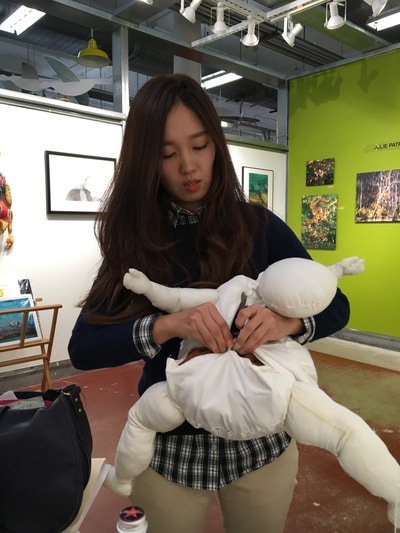

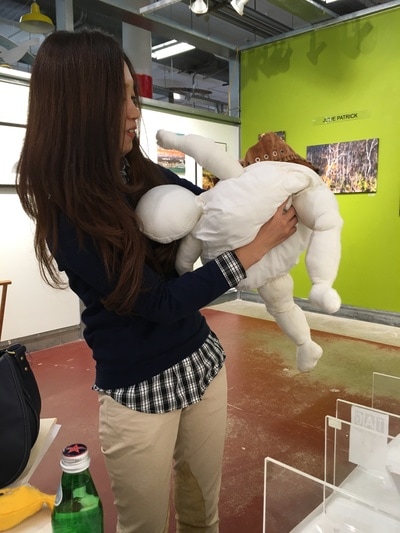


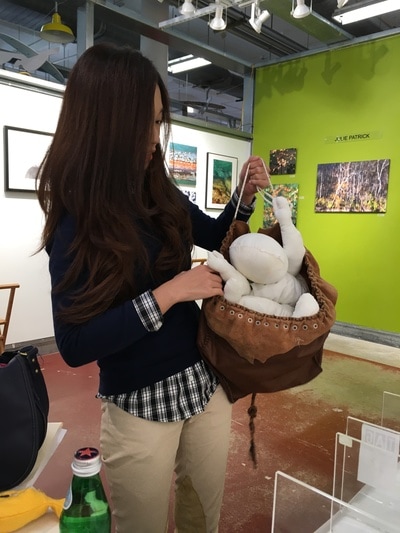
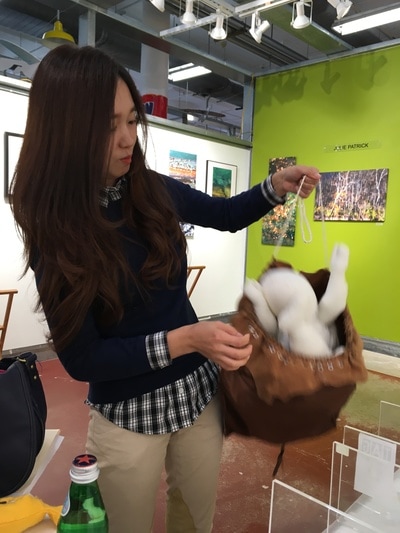
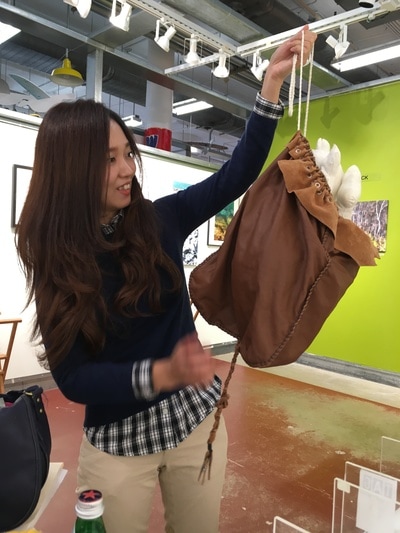


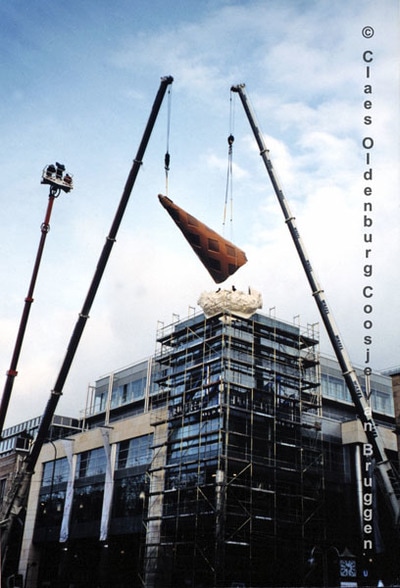




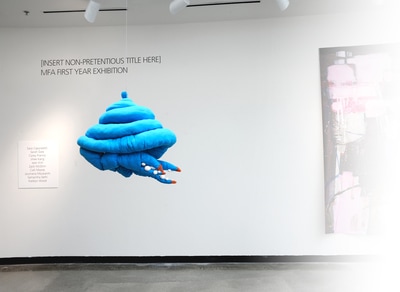


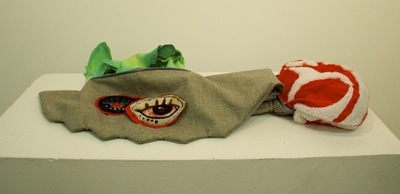

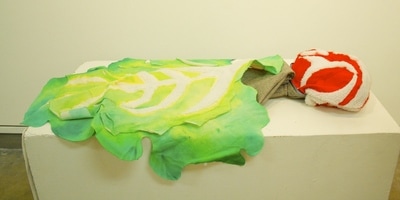


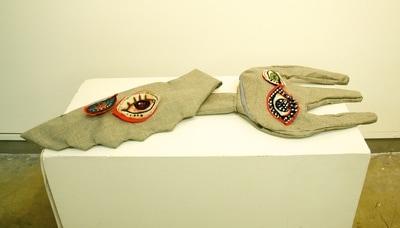
 RSS Feed
RSS Feed